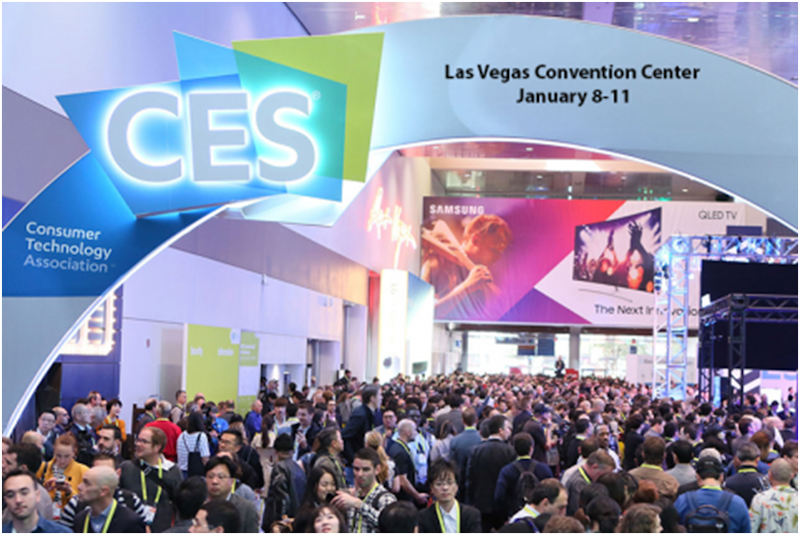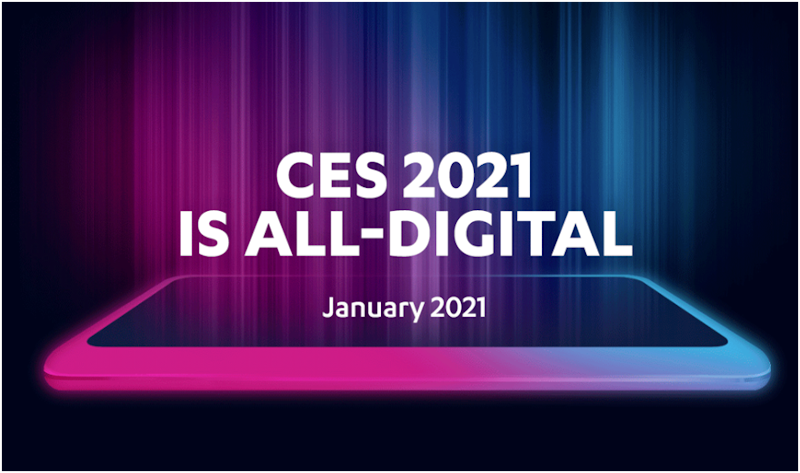
Charles R. Goulding and Preeti Sulibhavi take a look at this year’s virtual CES.
The annual CES, one of the world’s largest and most influential technology trade shows, is going virtual this year. In 2019, the Las Vegas show had over 4,000 exhibitors and drew 175,000 visitors. In recent years, the Hollywood entertainment sector has had a large presence at the show.
This year’s virtual show has 1,000 exhibitors and 150,000 registrants. Among the exhibitors are 3D printer users, who will figure more prominently in the show than will 3D printer manufacturers themselves. These uses encompass some of the forward-looking applications of additive manufacturing.
One of the major exhibitors of the 2021 show is Kohler. With their designer bathroom fixtures and expanded line of COVID-19 relevant touchless products that we have covered in Fabbaloo articles. David Kohler himself will be giving a keynote presentation.
Electric vehicles (EVs) are a popular subject and there will be keynote presentations by Mary Barra the CEO of GM, Bosch and Magna, the underlying contract manufacturers for many EV brands who we also recently wrote about.
5G is a major topic with an opening presentation by Verizon and a later presentation by Samsung.
Personal protective equipment (PPE) is going to be a big item including UVC light, masks and air purification.
Drones, which are an important 3D printing application category, are also featured in the show.
In his recent article, Kerry Stevenson described in detail the few dedicated 3D printing companies exhibiting at the 2021 show.

Companies engaged in 3D printing activities and similar developments may be eligible for the Research and Development Tax Credit.
The Research & Development Tax Credit
Whether it’s used for creating and testing prototypes or for final production, 3D printing is a great indicator that R&D Credit eligible activities are taking place. Companies implementing this technology at any point should consider taking advantage of R&D Tax Credits.
Enacted in 1981, the now permanent Federal Research and Development (R&D) Tax Credit allows a credit that typically ranges from 4%-7% of eligible spending for new and improved products and processes. Qualified research must meet the following four criteria:
- Must be technological in nature
- Must be a component of the taxpayer’s business
- Must represent R&D in the experimental sense and generally includes all such costs related to the development or improvement of a product or process
- Must eliminate uncertainty through a process of experimentation that considers one or more alternatives
Eligible costs include US employee wages, cost of supplies consumed in the R&D process, cost of pre-production testing, US contract research expenses, and certain costs associated with developing a patent.
On December 18, 2015, President Obama signed the PATH Act, making the R&D Tax Credit permanent. Since 2016, the R&D credit has been used to offset Alternative Minimum Tax (AMT) for companies with revenue below $50MM and, startup businesses can obtain up to $250,000 per year in payroll tax cash rebates.
Conclusion
The global marketing industry is going to be evaluating the performance of this show. It is already predicted that the 2022 show scheduled to be held in Las Vegas will be a hybrid live-and-virtual show.
